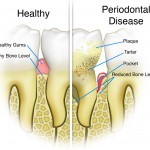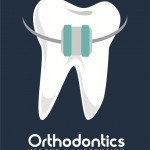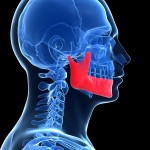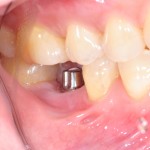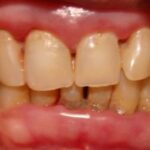
This review comparing access flaps (AF) and subgingival debridement in achieving probing depth (PD) reduction in patients with periodontitis included 18 studies reported in 36 publications. While the results demonstrated a statistically significant improvement in PD reduction between AF and subgingival debridement this may not be clinically important.
[read the full story...]
